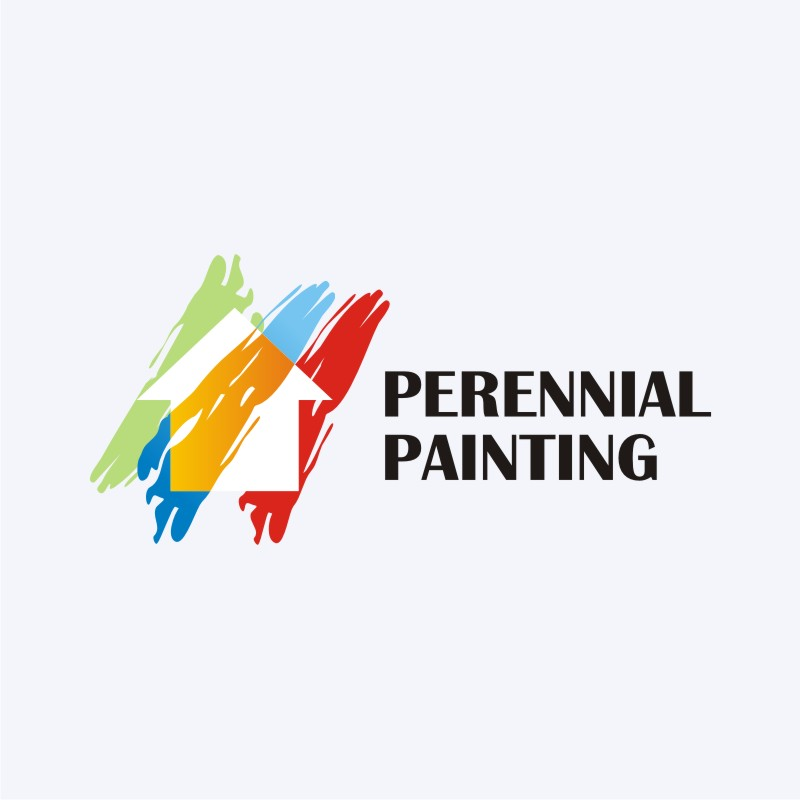Crucial Seasonal Aspects Of Commercial Outside Painting: What You Should Comprehend
Crucial Seasonal Aspects Of Commercial Outside Painting: What You Should Comprehend
Blog Article
Uploaded By-Korsholm Skafte
When you're intending a business external paint project, seasonal elements can make or damage your results. You'll intend to consider how temperature and moisture effect paint application and drying out times. Choosing the best period can ensure your paint sticks effectively and lasts longer. Yet which periods are really the best for this sort of work? Let's explore the key elements that can affect your project's success.
The Effect of Temperature on Paint Application
When you're planning a business external paint job, the temperature level can dramatically affect how well the paint sticks and dries.
Preferably, you intend to repaint when temperatures vary in between 50 ° F and 85 ° F. If it's too cool, the paint might not heal properly, causing issues like peeling or fracturing.
On the flip side, if it's too hot, the paint can dry out too rapidly, avoiding proper bond and causing an irregular coating.
You ought to also think about the moment of day; morning or late afternoon uses cooler temperatures, which can be extra beneficial.
Constantly examine the producer's referrals for the details paint you're using, as they usually offer guidance on the excellent temperature level range for ideal outcomes.
Humidity and Its Impact on Drying Times
Temperature isn't the only ecological element that affects your business outside painting job; humidity plays a substantial duty too. High moisture levels can decrease drying out times drastically, impacting the total top quality of your paint work.
When the air is saturated with moisture, the paint takes longer to cure, which can bring about problems like bad adhesion and a greater risk of mildew development. If you're painting on a specifically moist day, be prepared for prolonged delay times in between coats.
It's crucial to keep track of regional climate condition and plan accordingly. Ideally, aim for humidity levels in between 40% and 70% for ideal drying out.
Maintaining these consider mind guarantees your project remains on track and delivers a long-term coating.
Best Seasons for Commercial Exterior Painting Projects
What's the most effective time of year for your commercial exterior painting projects?
Springtime and very early loss are typically your best choices. Throughout these seasons, temperatures are light, and moisture levels are frequently lower, producing perfect problems for paint application and drying.
Prevent summer's intense heat, which can create paint to dry as well swiftly, leading to inadequate attachment and coating. In a similar way, winter months's cool temperatures can hinder correct drying and treating, running the risk of the durability of your paint job.
Aim for days with temperature levels in between 50 ° F and 85 ° F for ideal outcomes. Remember to examine the regional weather report for rain, as wet problems can wreck your task.
Planning around these aspects guarantees your paint task runs smoothly and lasts longer.
Final thought
In conclusion, intending your industrial exterior paint tasks around seasonal factors to consider can make a significant difference in the result. By visit here during the ideal temperature levels and moisture degrees, you'll ensure much better bond and drying out times. Keep in mind to watch on local weather report and select the right time of year-- spring and very early autumn are your best bets. Taking these actions will certainly help you attain a long lasting and expert finish that lasts.
